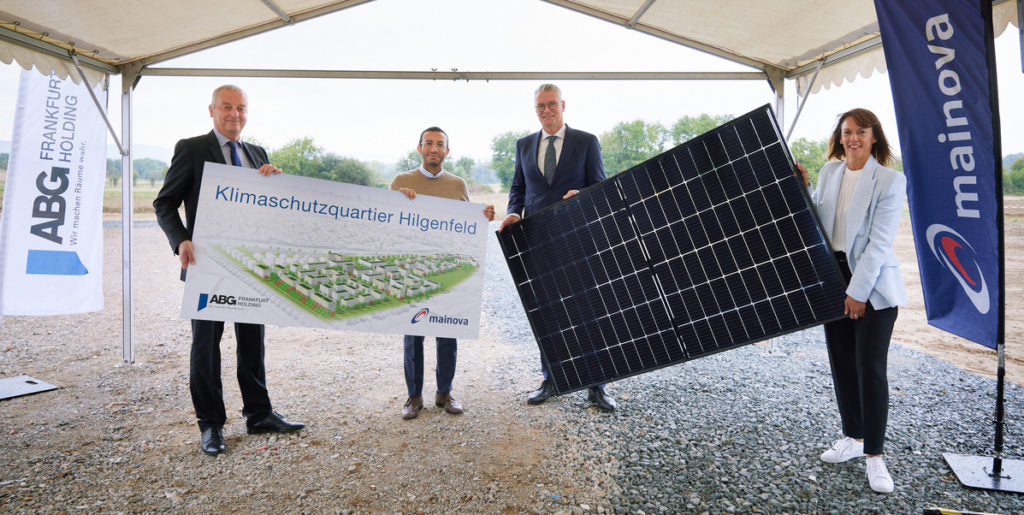https://www.pv-magazine-australia.com/2022/09/13/flexible-roll-to-roll-printed-perovskite-solar-cell-hits-16-7-efficiency/
Flexible, roll-to-roll printed perovskite solar cell hits 16.7% efficiency

Image: CSIRO
While perovskite solar cells have made impressive achievements in the laboratory setting, translating these to processes so they can be used in large-scale manufacturing is a very different story. Perovksites also bring the potential for higher efficiency flexible solar cells, which could open many new applications for solar energy.
The roll-to-roll process, which involves a roll of plastic or other flexible material, is a potential low-cost approach to manufacturing for flexible perovskites. However, adding the electrode layer in a process compatible with the roll-to-roll setup has proven to be a particular challenge.
This was the focus of scientists at Australia’s Commonwealth Scientific and Industrial Research Organisation (CSIRO), who sought to develop a process that could see the electrode layer deposited without the need for solvents or heat treatments that potentially damage the perovskite layer as well.
“Replacement of the thermally evaporated metal electrode is a major challenge to be overcome and is a key to realizing flexible fully printed PSCs,” the group said. “This is particularly important because the metal electrode used almost exclusively in the record-breaking PSCs is vacuum evaporated gold, which accounts for about 70% of the cost of a PSC module.”

Image: CSIRO
The group developed a process in which an electrode made from carbon and silver is first fabricated on a detachable plastic (PET) substrate, and then pressed onto the top of the perovskite solar cell. The PET layer is then removed and can be reused. The scientists described the process and the resulting solar cell in “Vacuum-Free and Solvent-Free Deposition of Electrodes for Roll-to-Roll Fabricated Perovskite Solar Cells,” which was recently published in Advanced Energy Materials.
Since the step of pre-treating the electrode layer before it is applied to the cell eliminates solvents in the pastes used, the process can be called “solvent free,” and scientists may be able to work with printing pastes not otherwise suitable for perovskite materials. The rest of the cell was assembled using more established roll-to-roll techniques, and then put through a series of tests.
The best of the cells fabricated achieved an efficiency of 16.7%, which the group claims as a record for such a device. In further testing, the cells were encapsulated with another flexible plastic material, saw no significant performance loss after 24 hours under constant one-sun illumination in ambient, indoor atmosphere. The flexible cells, this time without the encapsulant, were also subject to a series of bending tests, retaining better than 90% of its initial performance after 3,000 convex bends, and falling just below 80% after 3,000 concave bends.
Author: Mark Hutchins
This content is protected by copyright and may not be reused. If you want to cooperate with us and would like to reuse some of our content, please contact: editors@pv-magazine.com.
<


![[Reportage] L’exploitation de framboises Albers, pionnière de l’agrivoltaïsme aux Pays-Bas](http://isolarparts.com/cdn/shop/articles/baywa-r.e.-1-1-1200x532.jpg?v=1663049374&width=1200)
